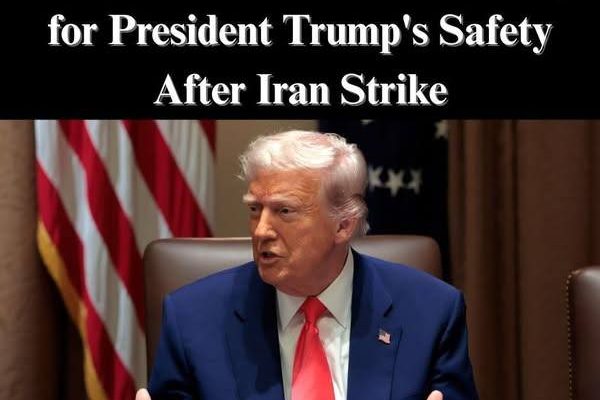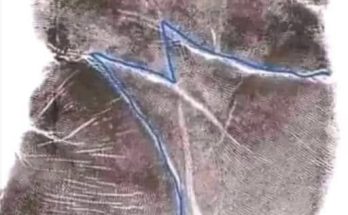Vice President JD Vance commended President Donald Trump’s national security team on Sunday, in light of the strikes on Iran executed Saturday night.
In response to recent media critiques regarding the administration’s security measures, Vance contended that the operation conducted on Saturday showcased the team’s preparedness and ability to carry out their responsibilities.
“The operation last night is a remarkable testament to American pilots and other service members, from General Caine and General Kurilla down to the ranks,” Vance stated on X.
“Although the media has persistently criticized the president’s senior team and attempted to create false divisions, the success of last night’s operation would have been unattainable without the flawless coordination and discretion exhibited by the president’s national security team. I take immense pride in their efforts, and I am certain the president shares this sentiment,” he further remarked.
In a related note, Secretary of State Marco Rubio asserted on Sunday that the U.S. is “not at war” with Iran following Trump’s directive to target three Iranian nuclear sites.
During an appearance on Sunday Morning Futures with Maria Bartiromo, Rubio highlighted that regime change in Iran is “not the objective” and reaffirmed that the U.S. remains committed to seeking diplomatic resolutions. He also cautioned that any retaliatory actions from Iran would constitute “the gravest error they could make.”
Trump informed Fox News’ Sean Hannity that the U.S. deployed six “bunker buster” bombs to obliterate the Iranian nuclear site at Fordow on Saturday evening. Furthermore, he indicated that the U.S. launched 30 Tomahawk missiles from submarines to target the Natanz and Isfahan facilities, as reported by the outlet.
The count of bunker busters was revised to 14 by Chairman of the Joint Chiefs of Staff Gen. Dan Caine during a press briefing at the Pentagon on Sunday.
The lead B-2 aircraft released two GBU 57 Massive Ordnance Penetrator munitions on the initial of several designated targets at Fordow, as stated by the president last night. The remaining bombers subsequently engaged their targets as well, resulting in a total of 14 MOPs deployed against two nuclear sites. All three Iranian nuclear infrastructure locations were attacked between 6:40 p.m. and 7:05 p.m. Eastern Time,” Caine remarked.
On Sunday morning, Secretary of Defense Pete Hegseth and Caine conducted a briefing following a series of strikes that targeted three major Iranian nuclear weapons facilities just hours earlier.
Both officials disclosed information regarding “Operation Midnight Hammer,” which aimed at the facilities located in Fordow, Natanz, and Isfahan, employing B-2 stealth bombers and Tomahawk cruise missiles launched from U.S. submarines.The operation involved over 125 U.S. aircraft, including several B-2 bombers that were deployed over the Pacific as a diversion, as they explained. Concurrently, other B-2s were assigned to deploy more than a dozen large “bunker buster” munitions on the Fordow and Natanz sites, while Tomahawk missiles were utilized against Isfahan.
Hegseth stated from the Pentagon podium, “The directive we received from our commander in chief was precise, impactful, and unequivocal. We have severely damaged the Iranian nuclear program, but it is important to emphasize that the operation did not target Iranian military personnel or civilians. … Thanks to President Trump’s courageous and visionary leadership, along with his dedication to peace through strength, Iran’s nuclear aspirations have been eradicated.”
Caine mentioned during a Pentagon news conference that the operation began overnight from Friday into Saturday morning. B-2 bombers took off from the U.S., with some heading west as a diversion while the rest “quietly proceeded east with minimal communication throughout the 18-hour journey.”
Caine stated that a US submarine “fired over two dozen Tomahawk land attack cruise missiles targeting critical surface infrastructure” in Isfahan.
As the B-2 bombers entered Iranian airspace, the US “utilized various deception strategies, including decoys, while the fourth- and fifth-generation aircraft advanced ahead of the strike package at elevated altitudes and high speeds, clearing the way for potential enemy fighters and surface-to-air missile threats,” Caine remarked.
He further noted that as the bombers approached the Natanz and Fordow facilities, the US deployed “high-speed suppression munitions” alongside fighter jets to “guarantee the safe transit” of the bombers.



